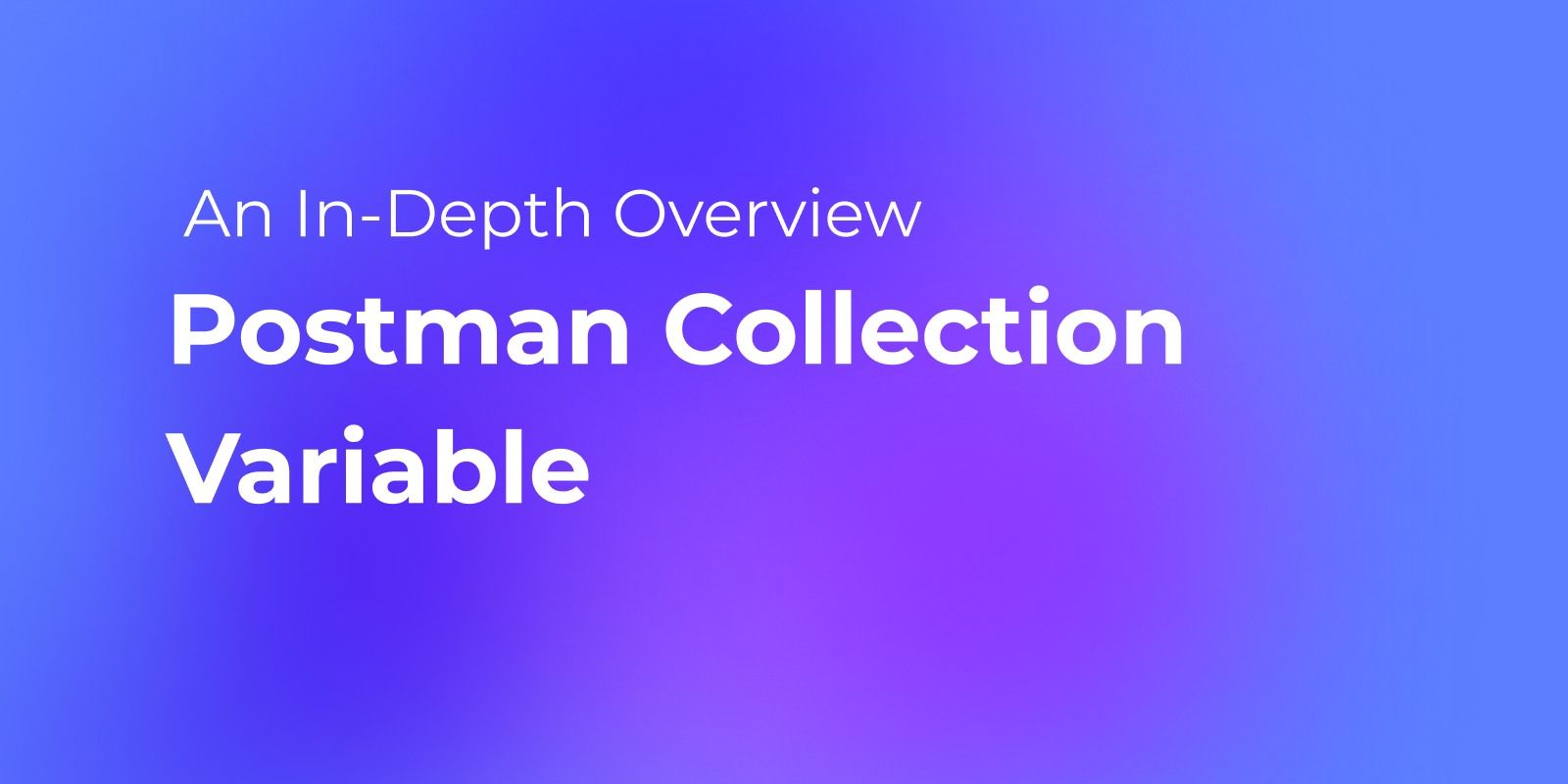How to Export Environments from Postman
In this guide, we'll show you how to export environments from Postman so you can easily import them into Apidog tool.
Postman is a popular API testing tool that provides a variety of features for creating, testing, and managing APIs. One of the key features of Postman is the ability to manage multiple environments, such as development, testing, and production.
However, if you're looking to switch to a different API development tool, you may want to export your Postman environments to ensure a smooth transition. In this guide, we'll show you how to export environments from Postman so you can easily import them into Apidog tool.
Environments in Postman
In Postman, environments are used to store variables that can be used across multiple requests and collections. They allow you to define values for variables that can be easily managed and updated, making it easier to work with different environments, such as development, staging, and production.
Environments in Postman are essentially key-value pairs, where the key represents the variable name and the value represents its corresponding value. These variables can then be used in requests by referencing them using double curly braces, like {{variable_name}}.

By using environments, you can easily switch between different sets of variables without having to manually update each request. This is particularly useful when working with APIs that have different base URLs, authentication tokens, or any other variable that changes based on the environment. To create an environment in Postman, you can go to the "Environments" section in the top-right corner of the application.

From there, you can create a new environment and define the variables and their values. You can also import and export environments as JSON files, which makes it easy to share environments with your team or across different Postman installations.
How to Export Environments from Postman
Exporting environments from Postman is a useful feature that allows you to share your environments with other team members or backup your environments for future use. When exporting environments from Postman, you have the option to export them individually or export them along with a collection.
To export an environment from Postman, you can follow these steps:

- Open Postman and go to the "Environments" tab.

2. Select the environment you want to export from the list. Click on the "..." button next to the environment name, and choosing the "Export" option.

This will generate a JSON file containing the environment variables and their values. Select the location where you want to save the exported file.
Environments in Apidog
Compared to Postman, Apidog's environment feature offers a more elegant solution for managing multiple environments. In Postman, switching between different environments is done using environment variables placed at the beginning of URLs, which can be messy and confusing. This approach can make the request URL and the API URL different, and also mix environment configurations and variables together.
In contrast, Apidog's environment feature allows you to configure multiple services within an environment, each with different values for different environments. This makes it easy to manage environments such as development, testing, and production.

Additionally, Apidog provides two special environments: the local mock environment and the cloud mock environment, which eliminate the need for a separate mock server. By sending requests to the designated mock environment, Apidog's Smart Mock Server intelligently responds with API responses defined in your API definitions.
This makes it convenient for front-end developers to use the mock environment for interface development even before the API development is completed.
How to Import Postman Environment into Apidog
By exporting the environments along with the collection, you ensure that the variables and their values are preserved and can be easily imported by others. With Apidog, you can easily import Postman environments in just two simple steps, enabling seamless migration and efficient management of API environments.
1. Go to the "Environment Management" section in the top right corner of the Apidog interface and select "Import Postman Environment.

2. Simply select the downloaded Postman Environment file and upload it to Apidog. This will allow you to seamlessly import your Postman environment into Apidog.

Apidog offers a smooth transition process from Postman, with compatibility with Postman scripts and a convenient import feature that allows you to migrate your existing scripts and projects without any hassle. With Apidog's superior functionality and ease of use, it's a great investment for any API development team looking to streamline their workflow.





